10 Best Foods That Melt Fat While Keeping You Full, Says Doctor

Tired of diets that leave you hungry and miserable? You're not alone. The secret to sustainable weight loss isn't about starving yourself – it's about choosing the right foods that keep you satisfied while helping your body burn fat more efficiently.
Dr. Anthony Balduzzi, founder of The Fit Father Project and The Fit Mother Project, has helped over 30,000 families across 100 countries transform their health through smart food choices. With degrees from the University of Pennsylvania in Nutrition & Neuroscience and a Doctorate in Naturopathic Medicine, he's discovered that certain foods can actually help you lose weight while keeping you full. Let's count down his top 10 foods that can revolutionize your weight loss journey, starting with good and building up to the absolute best.
Raw Nuts and Seeds: Your Craving-Crushing Snack
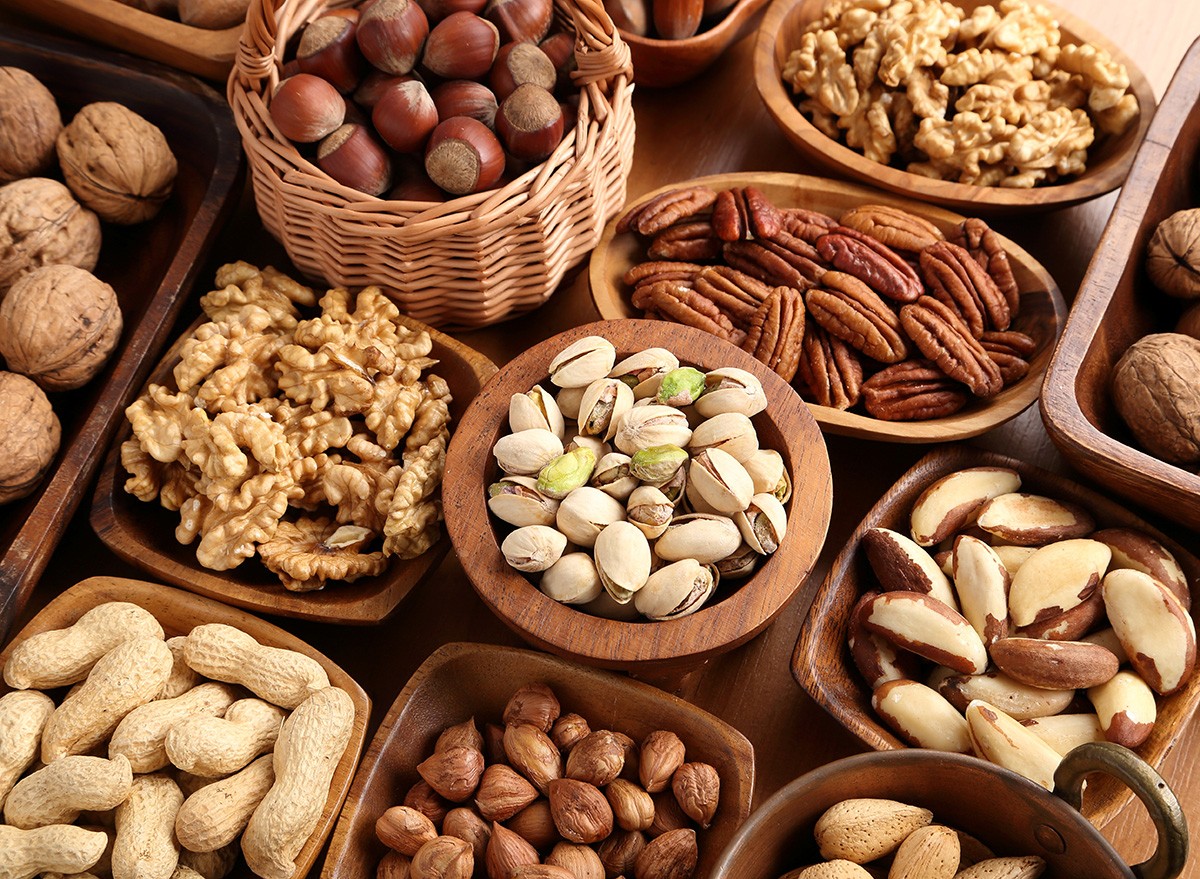
"When you're 3:00 PM and you're starting to get hangry, nuts can be the savior there," Dr. Balduzzi shares. He recommends storing raw nuts in the freezer and explains they're "loaded with protein, loaded with healthy fats, loaded with fiber." This combination keeps you full and satisfied between meals.
Green-Tip Bananas: The Gut-Health Game Changer
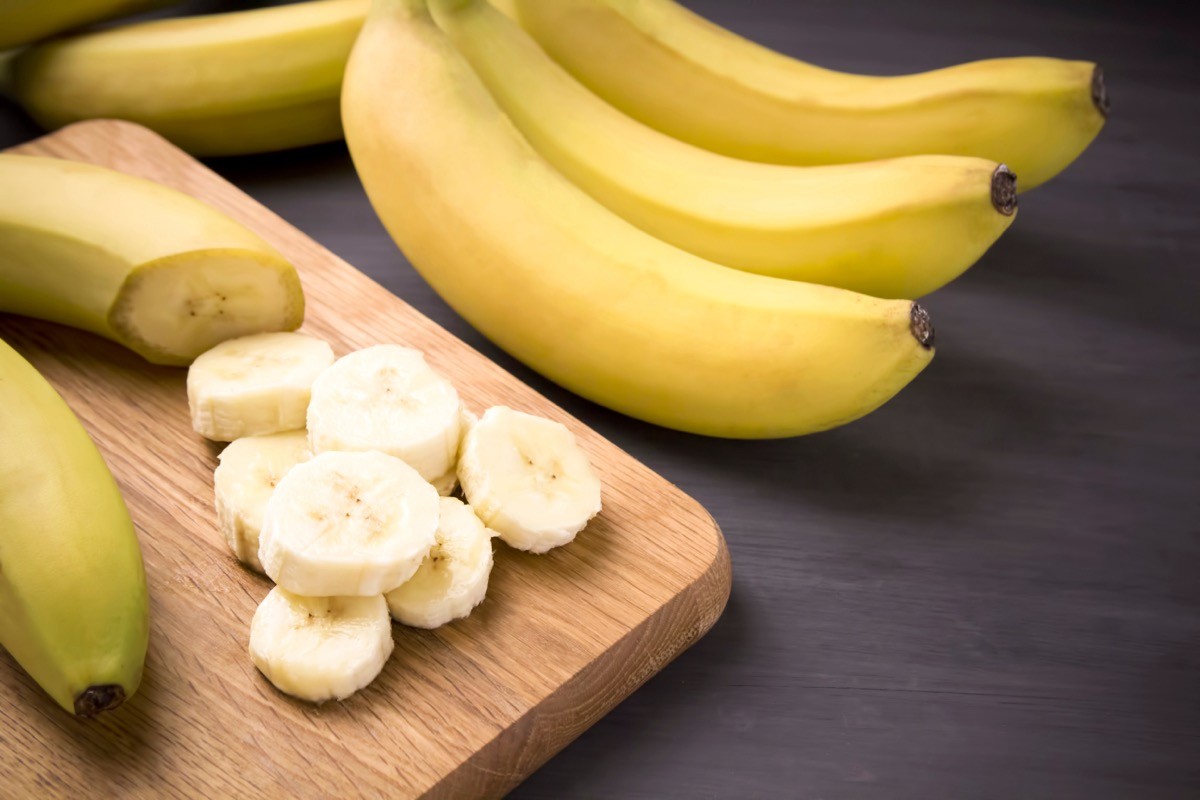
"When you catch a banana when it's got a green tip, it is rich in resistant starch," Dr. Balduzzi explains. This special fiber feeds your gut bacteria, improving weight loss and keeping you satisfied longer. His tip: Keep bananas separated to maintain their green tips longer.
S-Fish: The Omega-3 Fat Burner
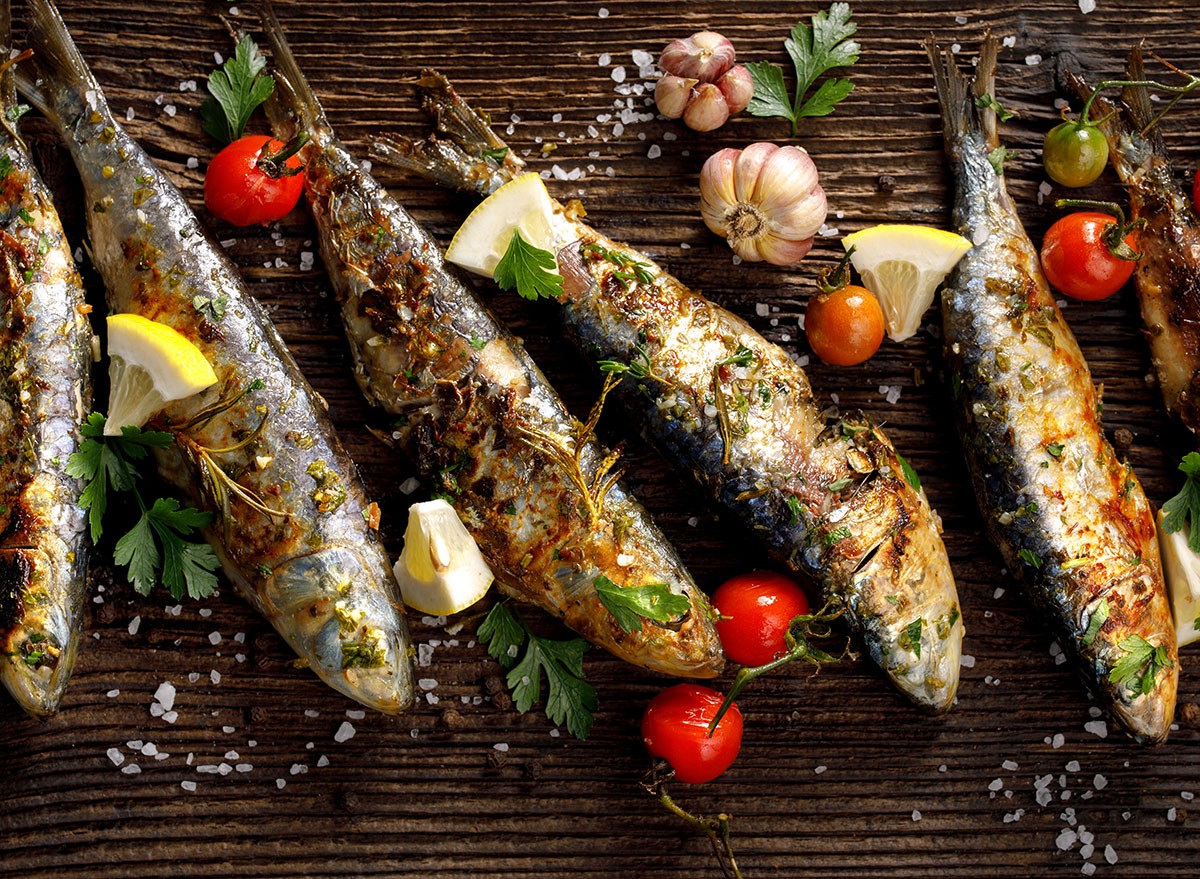
Wild salmon, sardines, and certain shellfish are excellent choices. "These healthy fats improve heart and brain health while supporting weight loss," Dr. Balduzzi says. He specifically recommends lower-mercury options rich in omega-3s for sustainable weight loss.
Avocado: The Blood Sugar Balancer
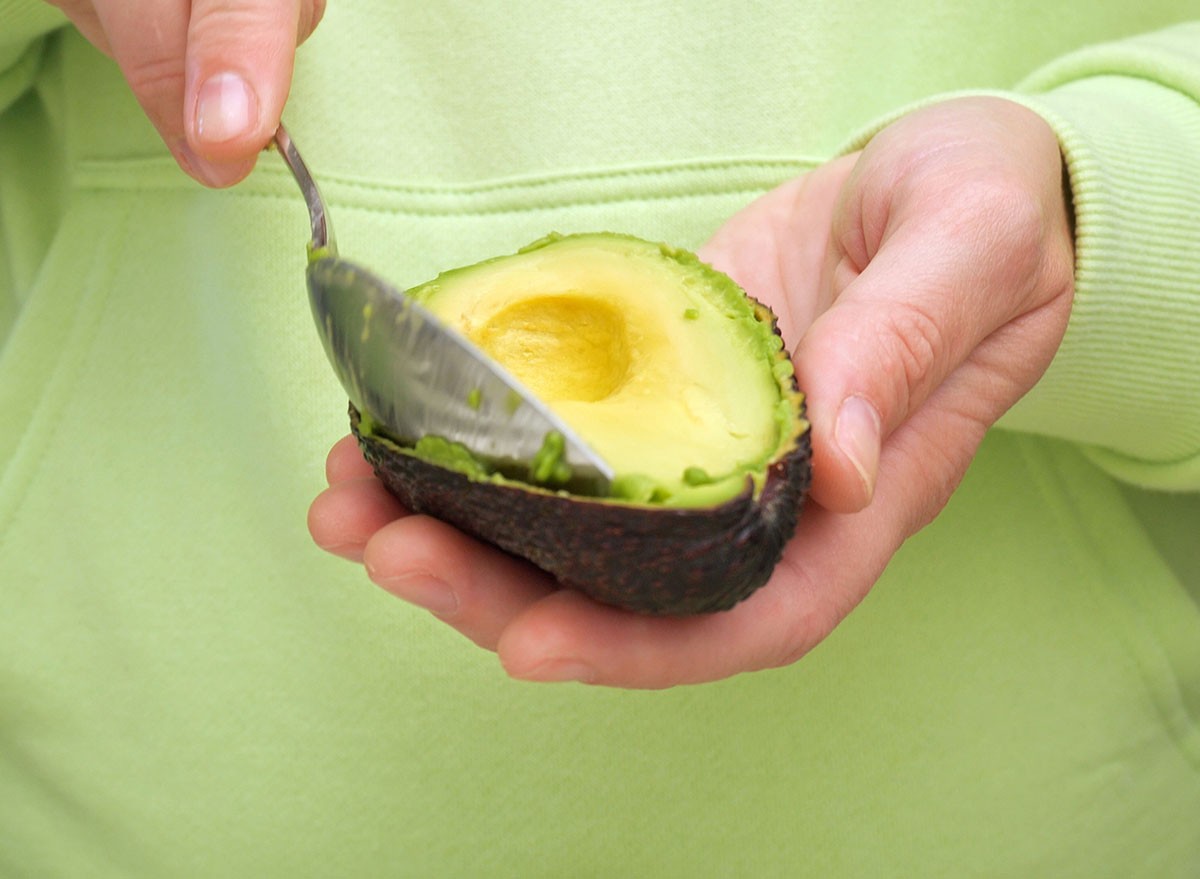
"Avocados have a special nutrient that researchers are calling avocatin B," Dr. Balduzzi shares. "It actually helps regulate blood sugar levels, increases insulin sensitivity." This means sustained energy and better appetite control throughout the day.
Eggs: The Breakfast of Champions
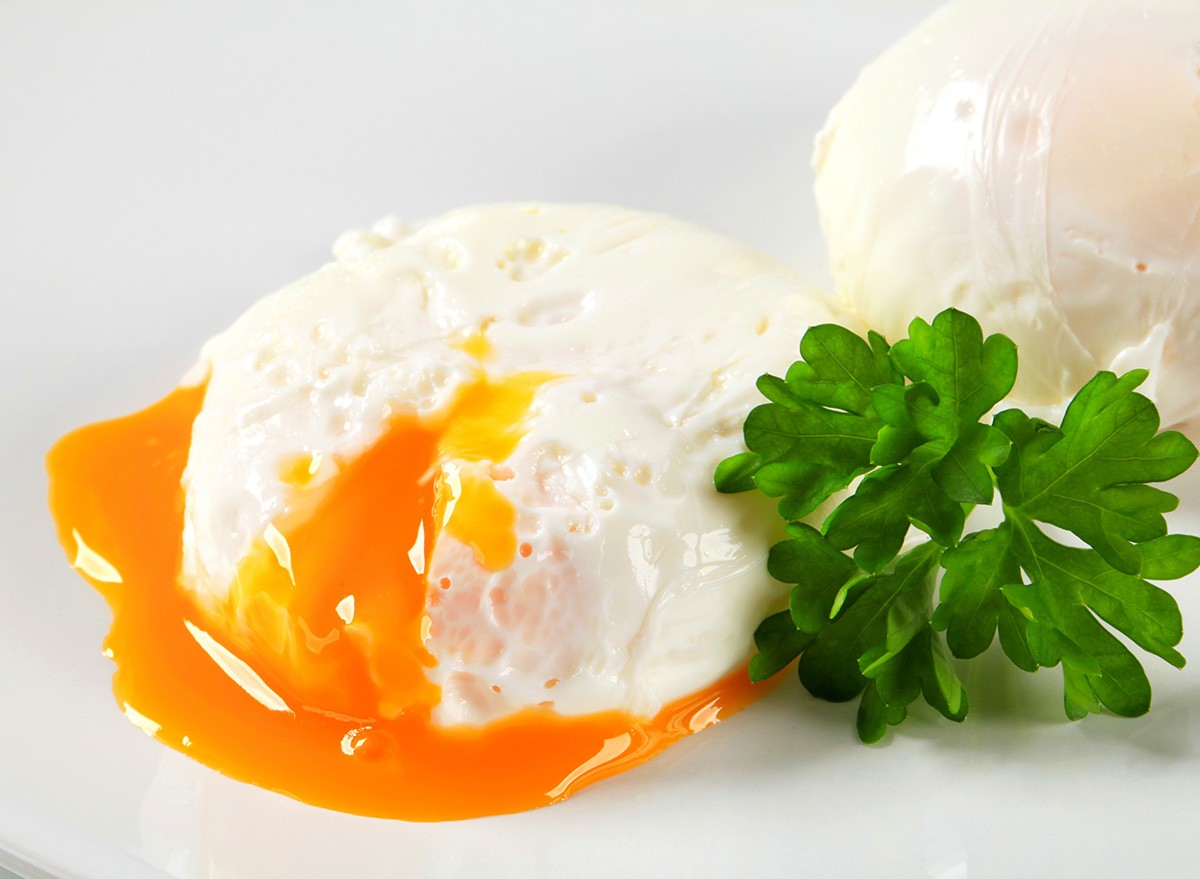
"If you're having a couple eggs for breakfast, I'd say anywhere from one to three, it can actually help your heart health because eggs are nutrient powerhouses," Dr. Balduzzi states. The combination of protein and nutrients helps prevent mid-morning hunger.
Organic Salad Greens: The Foundation for Lasting Fullness
Make these your go-to base for satisfying meals. Dr. Balduzzi prefers organic baby lettuces over spinach, noting, "You open this up, take your hand like a crane, stick it in, pull out a glob, drop it on your plate." He recommends topping with hemp seeds, olive oil, and protein for a filling meal that supports weight loss.
Chia Seeds: The Ultimate Appetite Controller
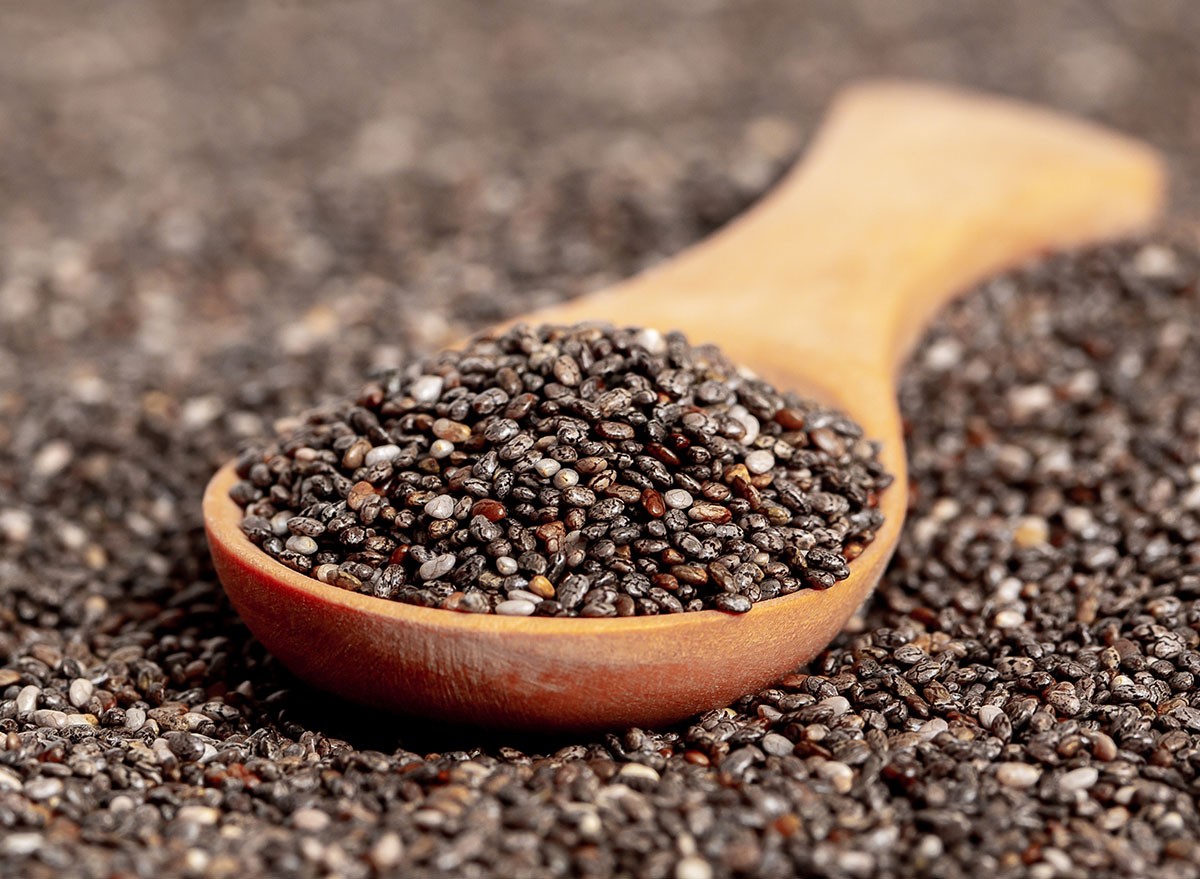
"When that gel gets into your stomach, it keeps you full longer. So these things are like a calorie hack," Dr. Balduzzi explains about chia seeds. Loaded with omega-3s, fiber, and protein, they're his top pick for natural appetite control and sustainable weight loss.
Remember, sustainable weight loss isn't about restrictive dieting – it's about choosing foods that work with your body, not against it. These ten foods provide the perfect foundation for a healthy, sustainable weight loss journey. Start incorporating them into your meals today, and experience the difference of losing weight without feeling hungry.
Grass-Fed Beef: The Satisfaction Solution
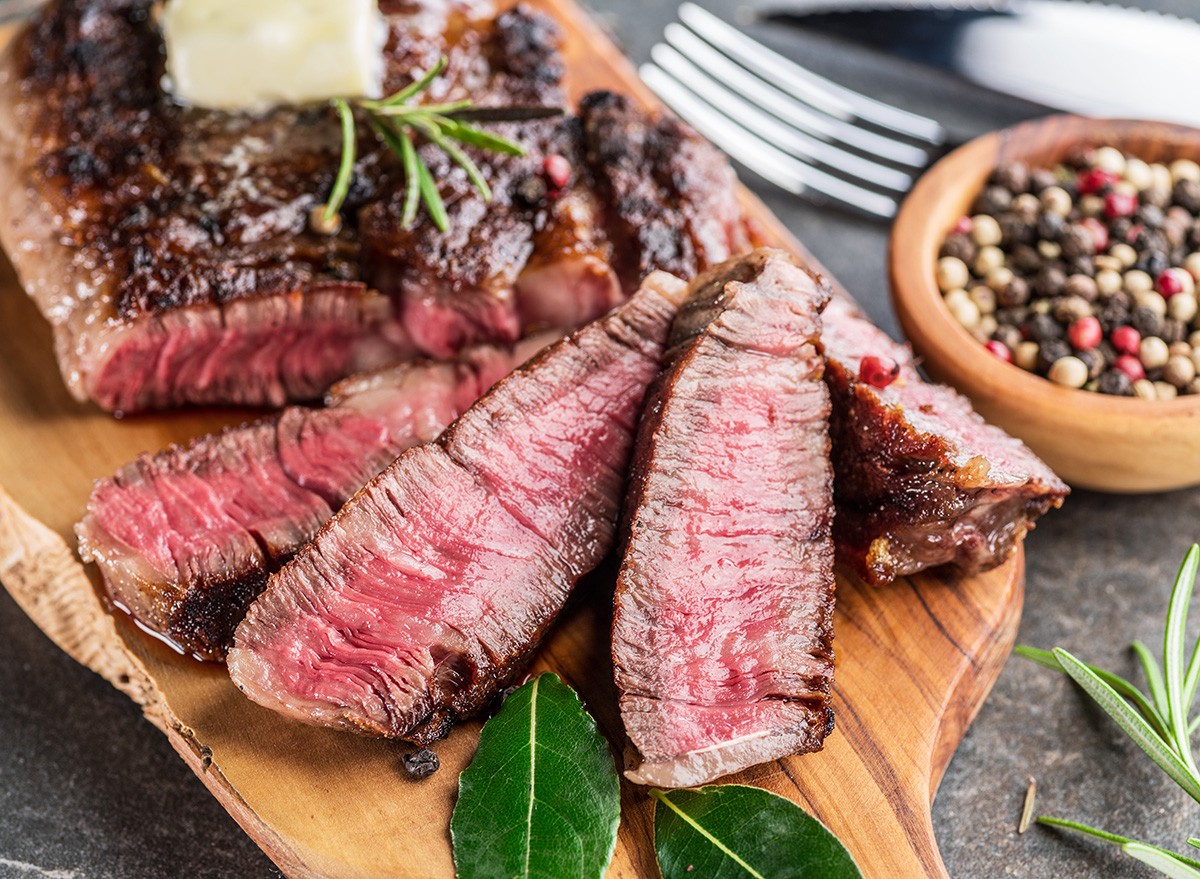
"Grass-fed meat is much lower in calories. You eat grass-fed meat for the year, you're going to save over 17,000 calories just because it's lower in fat," Dr. Balduzzi explains. It also contains CLA, which helps with weight loss, keeping you satisfied for hours.
Beans and Lentils: The Hunger-Fighting Fiber Champions
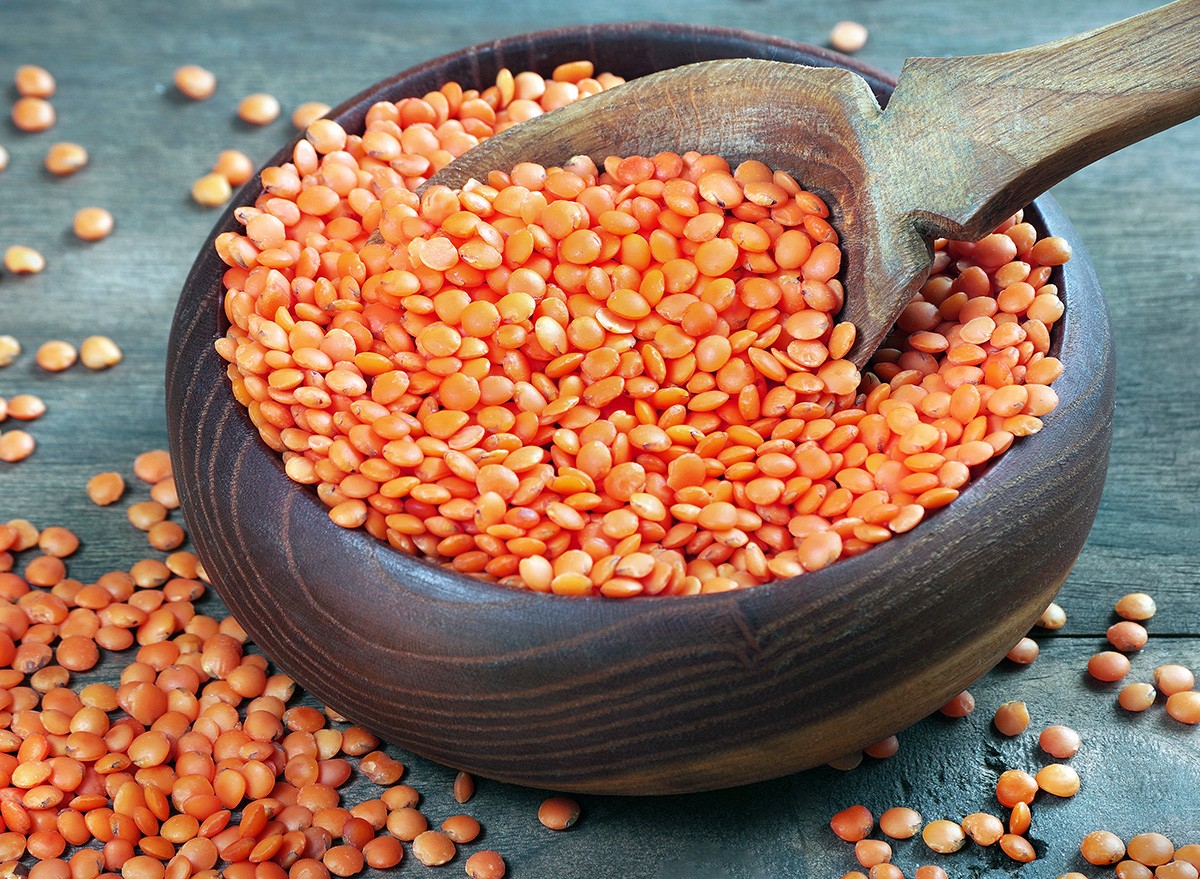
These plant-based proteins are weight loss champions. "Beans have an amazing kind of soluble fiber. It's one of the most reliable foods possible for lowering your cholesterol, helping your gut bacteria," Dr. Balduzzi explains in his post. He recommends pressure-cooked beans to reduce lectins and suggests incorporating them into chilies and traditional dishes.
Blueberries: The Fat-Burning Activator
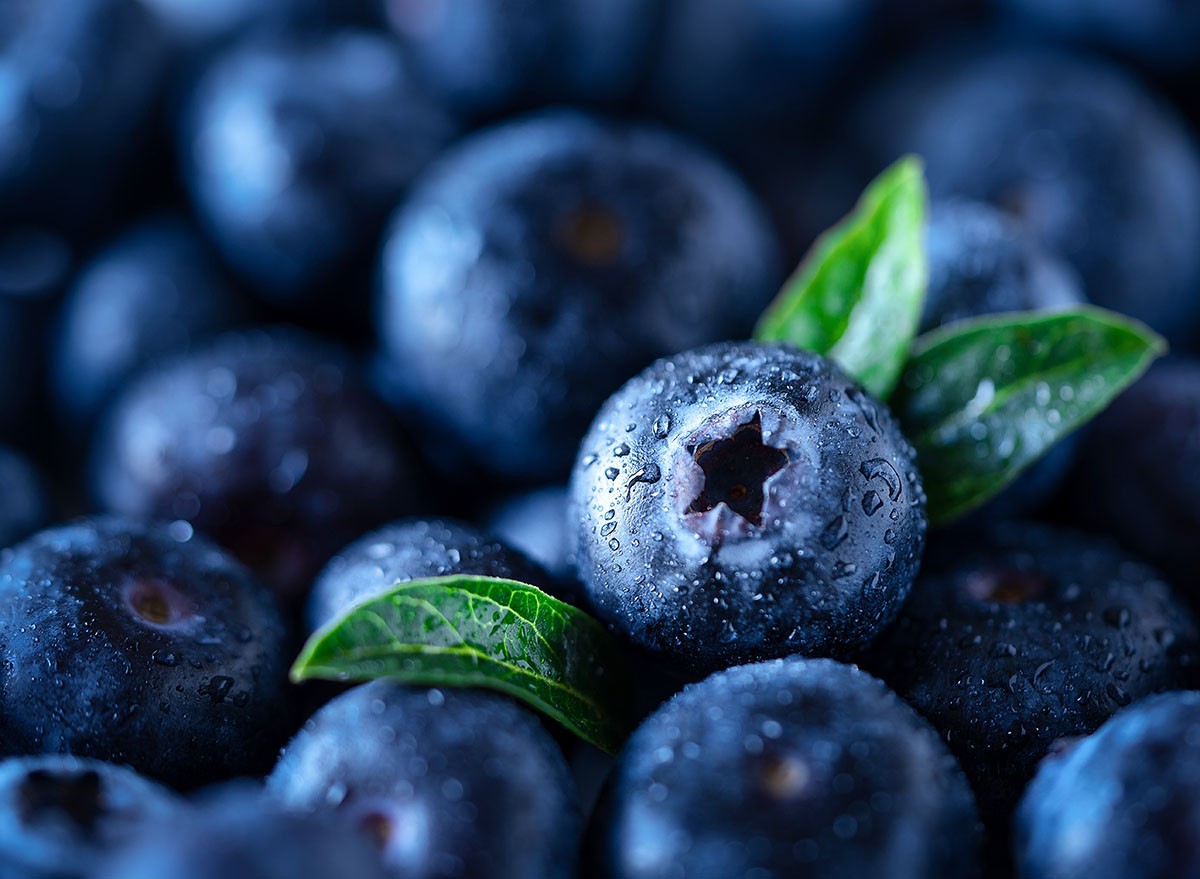
Here's a powerful finding: "People who ate one cup of blueberries every single day for two weeks had higher fat burning during exercise," Dr. Balduzzi reveals. He recommends wild blueberries for their concentrated nutrients, perfect in smoothies or with Greek yogurt.




